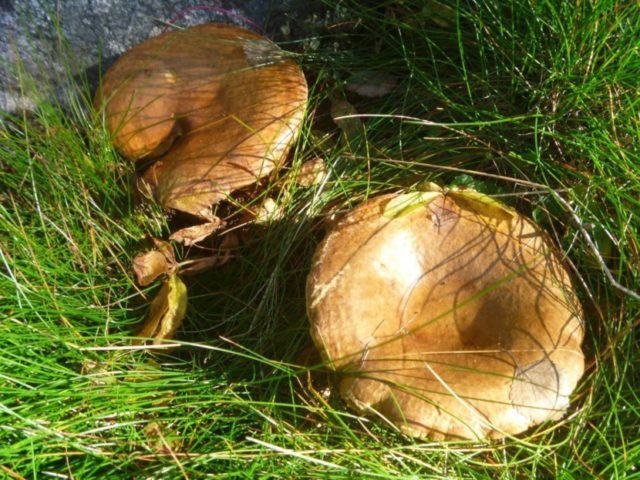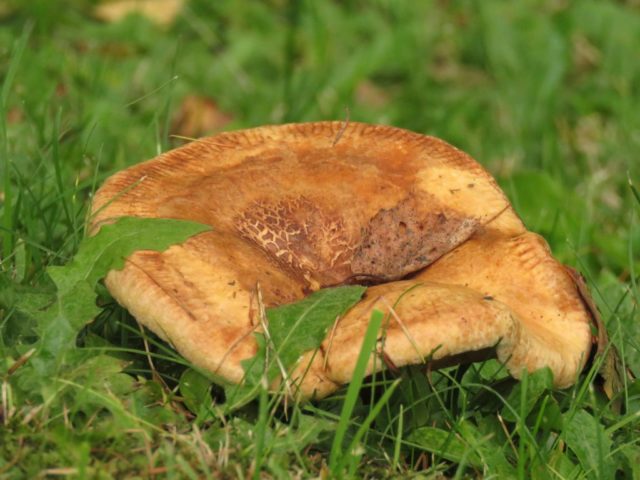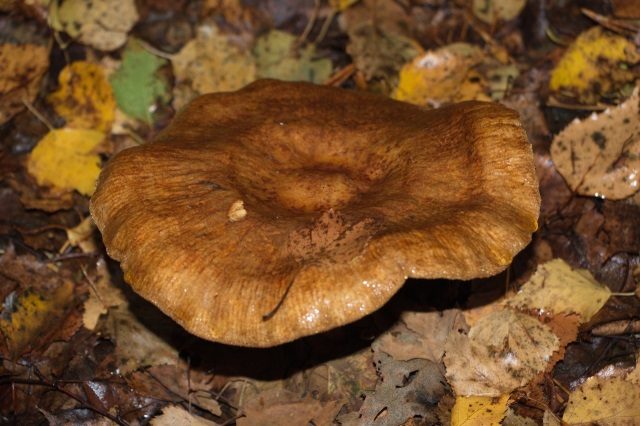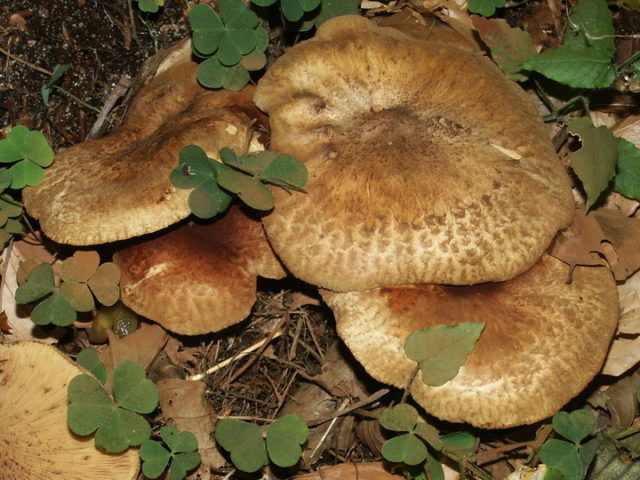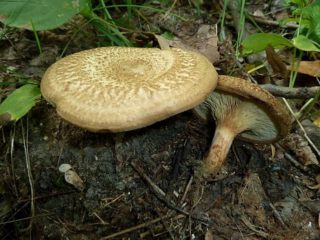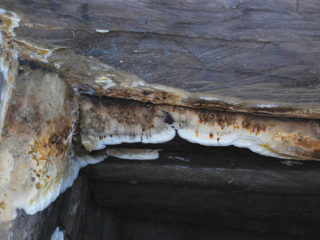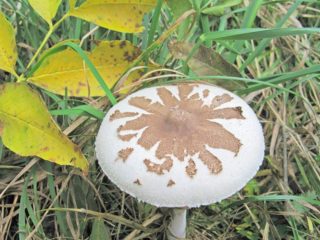Content
The harm of pigs is a question that still causes controversy between scientists and experienced mushroom pickers. Although many people tend to think of these mushrooms as edible, science claims that they cannot be eaten, and classifies pigs as poisonous.
The benefits and harms of pig mushrooms
Thin and fat pigs, common on the territory of Russia, naturally cause fear among many people. Officially, they belong to the category of inedible and poisonous mushrooms, although some mushroom pickers do not agree with this definition.
When eaten for food, pigs really pose a great danger. But this does not mean that fungi are not at all beneficial, they still have some valuable qualities:
- Mushrooms are classified as dietary products. The calorie content of pig mushrooms that have not undergone any processing is only 30 kcal, after boiling this indicator does not change. Fat percentage is not much, only 28%. There are even fewer carbohydrates - only 16.9%. At the same time, carbohydrates are absorbed almost instantly, it is impossible to recover from the use of fungi, they do not affect the weight indicators in any way.
- The mushroom pulp contains lecithin - a substance that prevents the accumulation of harmful cholesterol in the body. Pigs can have a positive effect on well-being with a tendency to cardiovascular diseases, since they strengthen blood vessels and have a beneficial effect on the work of the myocardium.
- Mushrooms contain fiber, which is good for digestion. Pigs in the diet are able to normalize stools and contribute to the removal of toxins from the body.
- Mushroom pulp is rich in antioxidants important for human immunity. When eating mushrooms, a person is less likely to succumb to colds and more easily tolerates viruses and infections.
- The composition of mushrooms contains about 59% of natural plant protein, so they supply the body with building material for muscles and, in general, have a strengthening effect.
Unfortunately, even with beneficial properties, mushrooms are mainly harmful to human health:
- Mushrooms very quickly succumb to rotting and begin to deteriorate within a few hours after collection; pigs can be poisoned simply due to the loss of freshness by the mushrooms.
- Pigs accumulate toxic substances incredibly quickly and powerfully, if the fungus grows in an unfavorable area, then the content of heavy metals and radioactive compounds in its pulp will be even higher than in the soil. This is especially true for adult species.
- In the pulp of pigs there is a toxic substance called muscarine, which is not destroyed by heat. The concentration of muscarine in mushrooms may differ depending on the area of growth. In some cases, there is so much poisonous substance in the pulp that eating the mushroom leads to severe instant poisoning.
- The pigs also contain other dangerous substances that negatively affect the composition of the blood - after soaking and digestion, they also do not disappear. With prolonged use of mushrooms, the harm from these substances can lead to severe damage to the liver and kidneys.
For all these reasons, since the 1980s, both fat and thin pigs have been classified as poisonous and dangerous mushrooms. In the middle of the twentieth century, eating them was allowed, but further research forced scientists to change their minds about pigs.
Why pigs are dangerous
Toxic pigs affect the human body differently from most other poisonous mushrooms. The mechanism of development of poisoning is very different from the traditional one, intoxication is usually delayed and manifests itself only after repeated use of mushrooms in food.
Poisonous substances present in the pulp of mushrooms accumulate in the body gradually. Over time, their concentration becomes quite high, then the process of destruction of red blood cells is triggered, which leads to disturbances in the activity of the heart, liver and kidneys. It is impossible to clearly answer the question of how long the intoxication will manifest itself in a particular person, it depends on age, on the state of health and characteristics of the organism, on the amount of mushrooms consumed.
Pig Poisoning Symptoms
The onset of pig poisoning depends on the characteristics of the person's immunity. Usually, after the first use, an allergic reaction develops, but there are no obvious signs of poisoning. With increased sensitivity to this type of mushroom, a negative reaction may appear after 1-3 hours, in which case it is strictly forbidden to use pigs again.
Mild pig intoxication looks like classic fungal poisoning. Harm is expressed in the following symptoms:
- abdominal pain of moderate to high intensity;
- nausea, vomiting, and diarrhea;
- dehydration of the body;
- loss of strength and coldness of the limbs;
- pain in the lumbar region;
- mild renal or hepatic failure, not higher than 1 degree.
Clinical tests show an increase in the level of bilirubin and enzymes in the blood. With average poisoning, liver and kidney failure of the 2nd degree may develop, in this case the level of nitrogen in the blood will increase, and the daily amount of urine excreted will decrease.
In severe poisoning, tests show the destruction of red blood cells, a sharp increase in creatinine and bilirubin. Acute hepatic and renal failure leads to a sharp deterioration in the condition and even to organic brain damage.
Seeing a doctor in case of pig poisoning is strictly necessary, a specialist will be able to assess the state of the body and the degree of harm done. In the absence of medical care, intoxication can lead not only to severe damage to the body, but even death.
First aid for pig poisoning
Treatment for poisoning with pig mushrooms should be carried out in stationary conditions. Given the increased harm of mushrooms to health, it is extremely important to place the patient under the supervision of a doctor and urgently carry out all the necessary tests.
However, before the arrival of doctors, the victim's condition can be alleviated with a few simple measures:
- In case of poisoning, a person needs to be given more clean drinking water and then induce vomiting. Gastric lavage will help remove some of the toxic substances from the body, while they have not yet had time to be absorbed into the tissue.
- The victim must be laid horizontally and not allowed to move, poisoning is often accompanied by confusion of consciousness, in this state the patient is dangerous to himself.
- To alleviate the symptoms, the victim can be offered an antiallergic agent, for example, Suprastin or Tavegil.Pig intoxication is an atypical allergic reaction, so antihistamines can improve the situation.
But it is strictly forbidden to offer a person medicines to stop diarrhea and vomiting. In this case, the toxic substances will not be able to naturally leave the body and will continue to cause severe harm to the internal organs.
Treatment in a hospital setting will largely depend on the severity of the poisoning. In particular, doctors can carry out:
- plasmapheresis or hemosorption in the presence of acute liver failure;
- hemodialysis for impaired renal function.
As a symptomatic treatment, drugs are prescribed that regulate the disturbed water-salt balance in the body, as well as effective antihistamines, which make it possible to relieve an acute autoimmune reaction to toxins. If the process of destruction of red blood cells is started, the doctor may prescribe corticosteroids to prevent the risk of developing serious complications, and drugs to support the work of the heart.
Conclusion
The harm of pigs has been scientifically proven, although poisoning from them usually does not occur immediately, the consequences of intoxication become very severe. Despite the beneficial properties of these mushrooms, it is highly discouraged to eat pigs.

